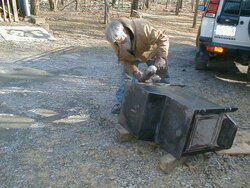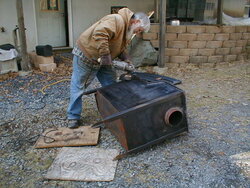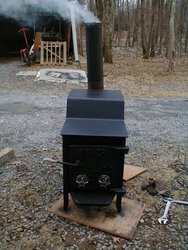I will be repainting my old Fisher Grandma Bear after I complete the secondary air retro fit. Wanting to get the best results the first time , what is the best high temp paint available?
She has slight surface rust from sitting in the loft of the barn for 2 years , so a light sanding with 200 grit may be all it needs.
My intentions for this stove is put it in the basement of my log home. Which will eventually be my brew haus / man cave. The walls are insulated with 3 1/2" of poly ISO inside and 2 1/2" outside of the 8" thick poured concrete foundation. This should heat the 1600 sq ft basement and any residual heat can flow up the stairwell behind the stove to help out the Mansfield upstairs.
She has slight surface rust from sitting in the loft of the barn for 2 years , so a light sanding with 200 grit may be all it needs.
My intentions for this stove is put it in the basement of my log home. Which will eventually be my brew haus / man cave. The walls are insulated with 3 1/2" of poly ISO inside and 2 1/2" outside of the 8" thick poured concrete foundation. This should heat the 1600 sq ft basement and any residual heat can flow up the stairwell behind the stove to help out the Mansfield upstairs.


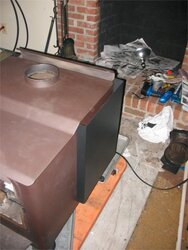
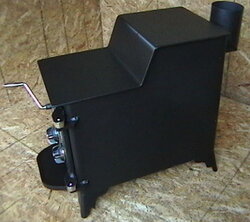
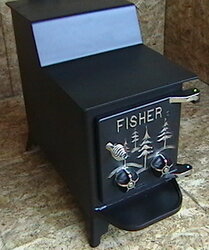
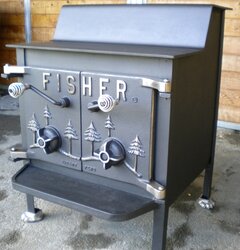
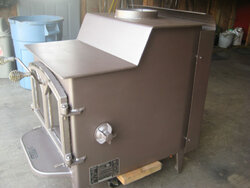
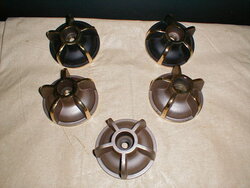
 What did you use on the interior? More of the same?
What did you use on the interior? More of the same?